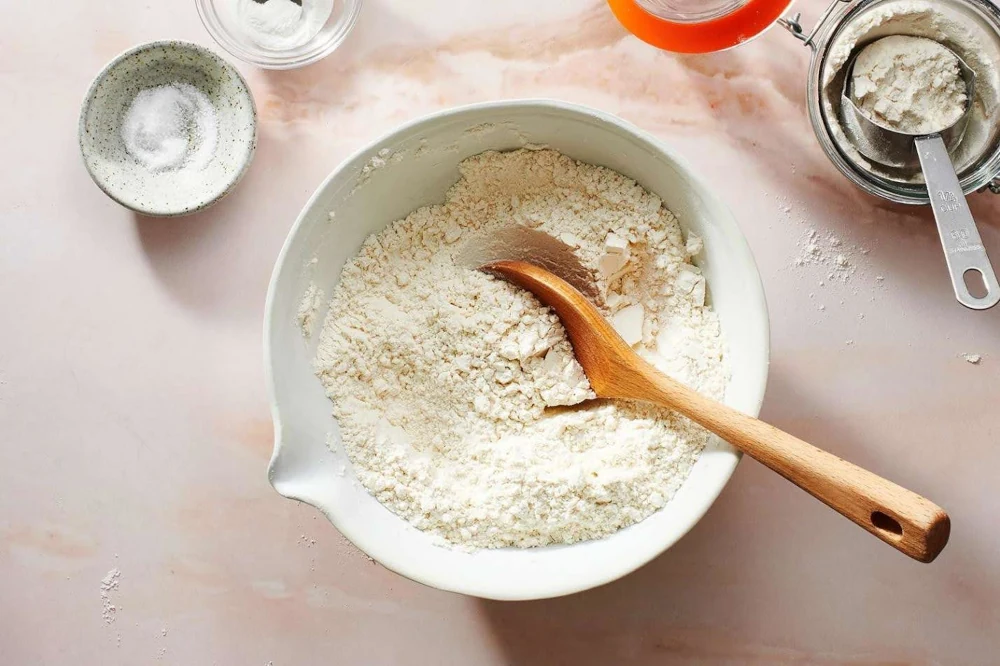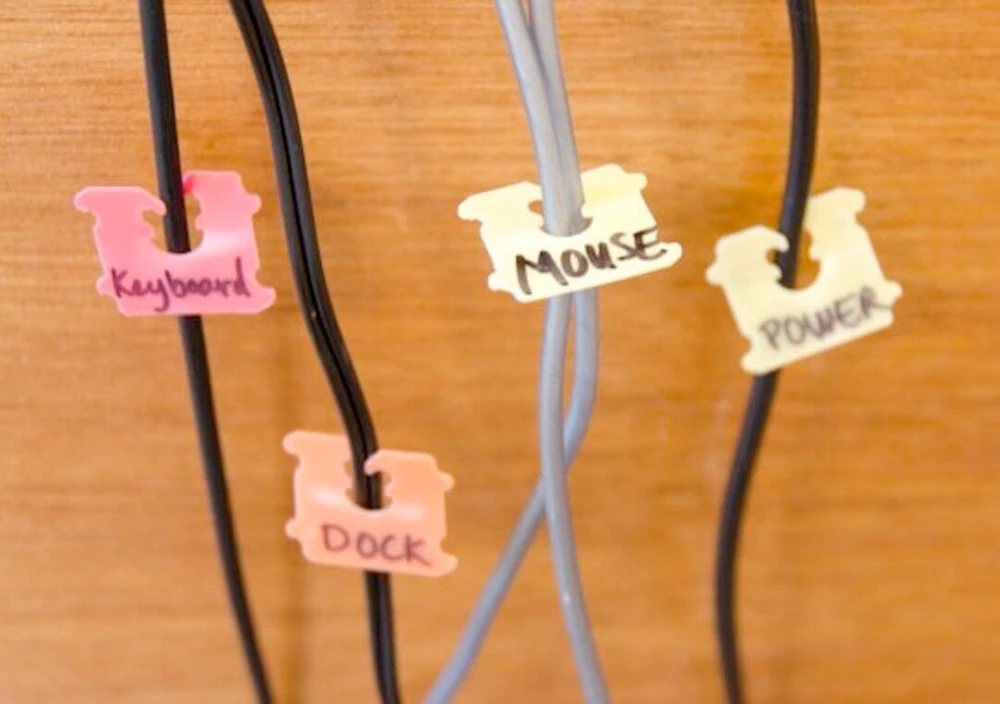Self-Rising Flour Substitute

While searching through a recipe, you might discover that they insist on self-rising flour to bake something. But what if there is none in the kitchen? No worries! There are simple ways to make that substitution using common ingredients.
In this guide, we will explain what self-rising flour is, how to make it, how to substitute it, and we will also mention gluten-free options.
What is a rising flour substitute?
Self-rising flour comes with a leavening agent plus salt already mixed within it. That is why, while working with this flour type, there is no need to add baking powder or salt separately in any given recipe. It is usually used in cakes, biscuits, and quick bread.
A self-rising flour substitute is simply a mixture of all-purpose flour, baking powder, and salt.
An Easy Replacement for Self-Rising Flour: Using Baking Powder
All-purpose flour mixed with baking powder is the perfect way to replace the self-rising flour even for an amateur chef.
Here’s a simple recipe:
Ingredients:
- 1 cup all-purpose flour
- 1 1/2 teaspoons baking powder
- 1/4 teaspoon salt
Directions:
- In any recipe, use this mixture instead of self-rising flour.
- Store extra flour in an airtight container for future use.
This substitute works for most recipes that require self-rising flour, ensuring your baked goods rise as expected.
Self Rising Gluten-Free Flour
If you follow a gluten-free diet, you might wonder if you can still use a self-rising flour substitute. You can, which is terrific news!
Ingredients:
- 1 cup gluten-free all-purpose flour (such as rice flour or a gluten-free blend)
- 1 1/2 teaspoons baking powder
- 1/4 teaspoon salt
Instructions:
- Combine all the ingredients in a bowl.
- Use it in any recipe that calls for self-rising flour.
This gluten-free alternative works well for cakes, muffins, and biscuits.
How Do I Make Self Rising Flour?
Making self-rising flour at home is simple. Just follow these steps:
- Take 1 cup of all-purpose flour.
- Add 1 or 1/2 teaspoons of baking powder.
- Add 1/4 teaspoon of salt.
- Mix everything together thoroughly.
- Store in an airtight container if you make extra.
People can use this homemade self-rising flour in any recipe that calls for store-bought flour. It saves you a trip to the food shop and performs just as well.
Additional Self-Rising Flour Subs minutes
If you don’t have baking powder, there are still ways to make a self-rising flour substitute. Here are a few alternatives:
Using Baking Soda and an Acid
To achieve a similar result, combine baking soda with vinegar or lemon juice.
Recipe:
- 1 cup all-purpose flour
- 1/4 teaspoon baking soda
- 1/2 teaspoon cream of tartar or one teaspoon lemon juice
Mix these ingredients thoroughly, and use them as a self-rising flour substitute.
Use Buttermilk
Buttermilk is acidic and can activate baking soda in place of baking powder. To use this method, reduce the liquid in your recipe slightly to accommodate the buttermilk.
Recipe:
- 1 cup all-purpose flour
- 1/4 teaspoon baking soda
- 1/2 cup buttermilk (reduce other liquids in the recipe accordingly)
Best Uses for Self-Rising Flour Substitutes
Self-rising flour is commonly used in baked goods that don’t require yeast. Some of the best recipes to use self-rising flour or its substitutes include:
- Biscuits and Scones – These need the extra lift that baking powder provides.
- Pancakes and Waffles – Using self-rising flour ensures fluffy pancakes.
- Quick Bread – Recipes that don’t use yeast benefit from self-rising flour.
- Muffins and Cakes – Helps with an even rising and soft texture.
- Fried Foods – Coating foods with self-rising flour adds a crispy texture.
Storing and Using Self-Rising Flour Substitutes
To keep your homemade self-rising flour fresh, follow these storage tips:
- Please keep it in an airtight container.
- Store in a cool, dry place.
- Label your container with the date so you know when to use it.

Frequently Asked Questions
Is it possible to substitute self-rising flour for all-purpose flour?
Yes, but you need to adjust the recipe.
How long does homemade self-rising flour last?
If stored in an airtight container, homemade self-rising flour can last up to six months in a cool, dry place.
Is self-rising flour the same as cake flour?
No. Cake flour has a lower protein content, making it softer and more suitable for delicate baked goods.
Is it possible to make self-rising flour by skiping salt?
Yes, you can skip the salt, but it may slightly affect the taste of your baked goods.
Can I use self-rising flour for pizza dough?
Yes, but the texture will be different from traditional pizza dough made with yeast.
Conclusion
Self-rising flour is a convenient ingredient, but you don’t have to worry if you don’t have it at home. By mixing the flour with baking powder and salt, you can create a simple substitute that works in ost recipes. If you need a gluten-free version, use gluten-free flour instead.
